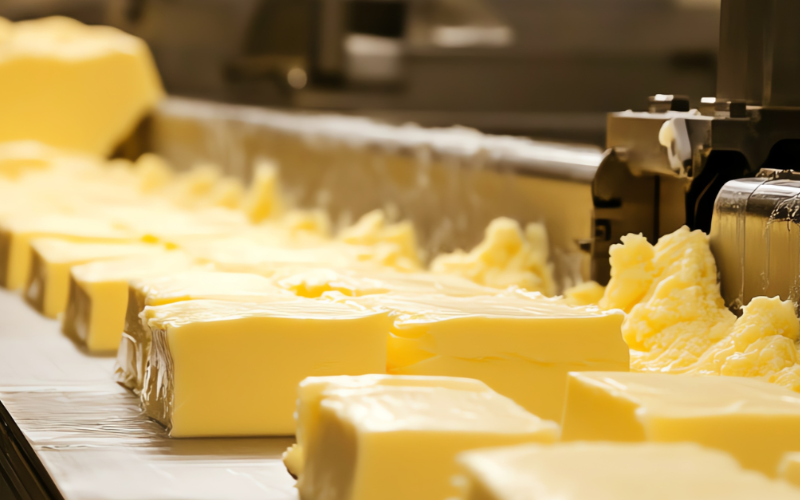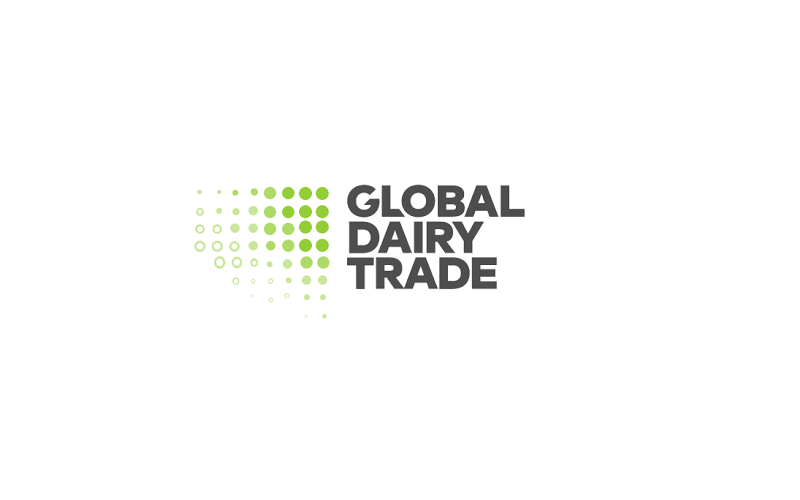U.S. Dairy Farm Profitability Hits 18-Month High Amid Strong Milk Prices and Lower Feed Costs
Source: The DairyNews
U.S. dairy producers are experiencing the highest profit margins in over a year, driven by robust milk prices and slightly lower feed costs, according to the latest data from the Dairy Margin Coverage (DMC) program. The May Milk Margin Above Feed Costs rose to $10.52 per hundredweight (cwt.), marking a significant 92 cents increase from April and representing the strongest margin since November 2022.

Monica Ganely, a dairy analyst with the Daily Dairy Report and founder of Quarterra, an agricultural consulting firm based in Buenos Aires, highlighted the positive trend for dairy producers. "Increasing margins are good news and should encourage producers to ramp up output," Ganely stated. However, she cautioned that several factors, including animal health issues, high financing costs, and a shortage of replacement animals, are currently hindering U.S. producers' ability to expand and fully capitalize on these higher margins.
The improvement in May's dairy producer margins was largely due to a significant rise in the All-Milk price, which reached $22/cwt., up $1.50 from the previous month and the highest since January 2023. This increase was influenced primarily by substantial gains in Class III milk prices, which surged more than $3/cwt. compared to April. Despite this uptick, Ganely noted a cautious outlook in futures markets, suggesting potential declines in Class III prices going forward.
Feed costs saw a modest increase in May but remained well below the high levels of recent years. The DMC program calculated May's feed costs at $11.48/cwt., up 58 cents from April, yet nearly $3/cwt. lower than the same time last year, and the lowest since 2021. Prices for corn, soybean meal, and premium alfalfa—all components used in the feed cost calculation—rose slightly.
On the export front, U.S. dairy exports in May showed a mixed performance. Total exports fell by 1.7% compared to May of the previous year, with weakened demand from Asia impacting overall figures. However, exports to Mexico saw significant growth. Cheese exports notably increased by 46.6% to 504.8 million pounds, setting a record for May, with over 40 million pounds shipped to Mexico alone. Whey exports also increased by 15.2%, driven by stronger Chinese demand for permeate and dry whey. In contrast, exports of nonfat dry milk and butter declined by 24.2% and 19.4%, respectively, pressured by high prices.
Ganely remains optimistic about the U.S. dairy sector's resilience, stating, "Despite the obstacles, the longer these favorable margins persist, the more likely it is that innovative producers will overcome these challenges and increase production." This situation underscores the complex dynamics of the U.S. dairy industry, balancing domestic opportunities with fluctuating global market demands.
The improvement in May's dairy producer margins was largely due to a significant rise in the All-Milk price, which reached $22/cwt., up $1.50 from the previous month and the highest since January 2023. This increase was influenced primarily by substantial gains in Class III milk prices, which surged more than $3/cwt. compared to April. Despite this uptick, Ganely noted a cautious outlook in futures markets, suggesting potential declines in Class III prices going forward.
Feed costs saw a modest increase in May but remained well below the high levels of recent years. The DMC program calculated May's feed costs at $11.48/cwt., up 58 cents from April, yet nearly $3/cwt. lower than the same time last year, and the lowest since 2021. Prices for corn, soybean meal, and premium alfalfa—all components used in the feed cost calculation—rose slightly.
On the export front, U.S. dairy exports in May showed a mixed performance. Total exports fell by 1.7% compared to May of the previous year, with weakened demand from Asia impacting overall figures. However, exports to Mexico saw significant growth. Cheese exports notably increased by 46.6% to 504.8 million pounds, setting a record for May, with over 40 million pounds shipped to Mexico alone. Whey exports also increased by 15.2%, driven by stronger Chinese demand for permeate and dry whey. In contrast, exports of nonfat dry milk and butter declined by 24.2% and 19.4%, respectively, pressured by high prices.
Ganely remains optimistic about the U.S. dairy sector's resilience, stating, "Despite the obstacles, the longer these favorable margins persist, the more likely it is that innovative producers will overcome these challenges and increase production." This situation underscores the complex dynamics of the U.S. dairy industry, balancing domestic opportunities with fluctuating global market demands.
Key News of the Week











